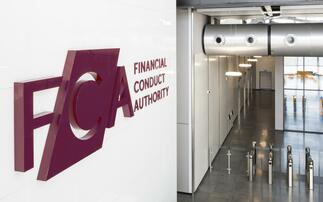The government has announced it will cut pension tax relief for high earners and will put in place transition arrangements protecting people's savings, but there is a peculiar anomaly in its plans, which means some savers will be allowed a lot more tax-free cash than others, writes Martin Tilley...
In his latest Budget speech, Chancellor George Osborne announced he will cut the annual allowance for those earning £150,000 and above gradually from £40,000 to £10,000.
As a transitional arrangement HMRC said it will grant anyone who has already contributed up to £40,000 in the current tax year a further annual allowance of £40,000 between now and the end of the tax year.
Some commentators have focused on the HMRC Technical Note issued on 8 July which states: "Everyone will have a total annual allowance of £80,000 for 2015-16, plus any available carry forward. Individuals will then have an allowance of up to £40,000 for post-Budget savings plus remaining carry forward from 2014-15, 2013-14 or 2012-13."
This statement may, however, be misleading because the document also states: "Transitional rules are therefore being introduced to ensure that in these circumstances pre-Budget savings of up to £80,000 are protected from an annual allowance charge."
This wording implies that if a contribution of no more than £40,000 had been made in a pension input periods (PIP) ending before 8 July then the £80,000 is not available.
The document seems to back up this position by stating: "Individuals will have an annual allowance of £80,000, plus any available carry forward, for all their pension savings in all PIPs ending on or after 6 April 2015 and on or before 8 July 2015.
"Savings from 9 July 2015 to 5 April 2016 will have a nil annual allowance, but up to £40,000 of any unused annual allowance from the period up to 8 July 2015 is added to this."
Anomaly
An anomaly appears in that if someone had made a contribution of £40,000 in a PIP ending on, say, 30 April 2015 and then another £40,000 on 1 July with the intention that this be tested against the annual allowance for 2016-17, then they have an annual allowance of £80,000 in the period up to 8 July.
But if a similar individual had intended to pay a £40,000 in a PIP ending 30 July (and to make the payment on, say, 20 July) and then make another £40,000 payment on 1 October, they are now prevented from doing so.
The situation is not aided by the examples listed in the document, which appear to imply if ANY contribution made pre-8 July is in excess of £40,000, but less than £80,000, then the individual has the ability to use the whole £80,000 in any periods between 15 April and 16 April.
There is a clear contradiction and we may have to see what the Finance Bill accurately sets out. Before that happens we would recommend caution and waiting until the correct intentions are established to avoid an over-contribution and potential excess allowance charge.
Martin Tilley is director of technical services at Dentons.











